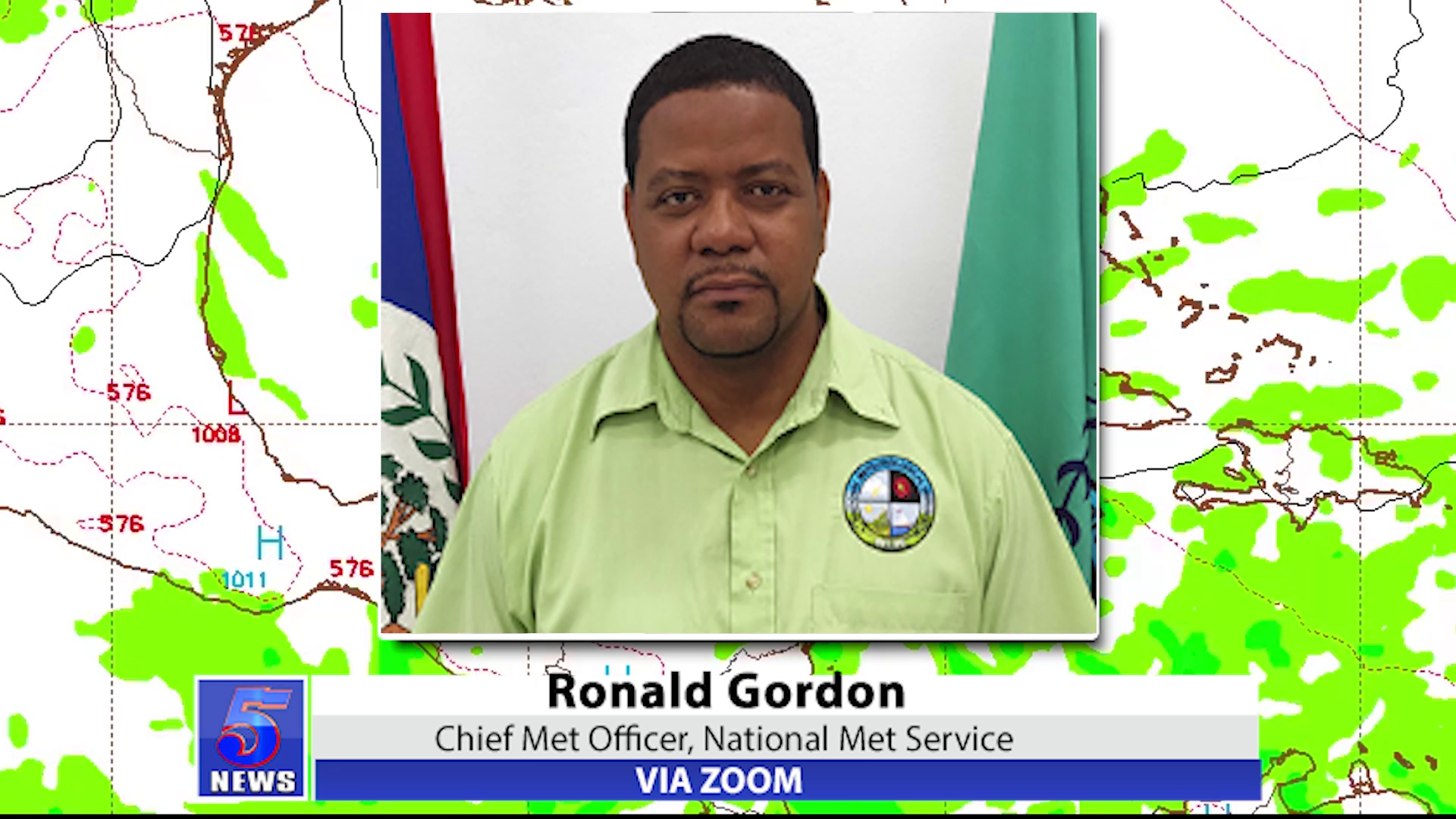Once again, the projected path has shifted further south. NEMO now predicts that Sara will strengthen, with maximum sustained winds of around 50 miles per hour when it makes landfall in Belize. The worst-case scenario, according to Gordon, is that Sara could become a category one hurricane. He shared this information with reporters this morning but emphasized that there’s still a lot of uncertainty with these projections.
Ronald Gordon, Chief Met Officer
“There is no exact tract. There is a cone. So, the system can pass anywhere within that cone. As I had indicated, it is a probability distribution. So, the highest probability is within the center of that cone. But that is not a hundred percent. If it was a hundred percent, we would not have a cone. It will have a line showing it is going there. So, it can change. That is the long and short of the answer. However, it is most likely to impact the country at the center of that cone. In terms of intensity, again that is not as certain. Not of the factors that could prevent further strengthening is interaction with land. As I showed the system is forecasted to move close to land, to Honduras and if it jogs even a bit further south it will weaken even further. However, if it remains offshore, it will be a bit stronger. There are still some variants within that intensity forecast. Currently the forecast is for it to come assure as a fifty-mile-per-hour storm and that is down from yesterday when they had it at seventy. That means more of the models are showing it weakening over land in Honduras. The extreme worst case scenario outside of the forecast right now is perhaps a category one hurricane. We are not seeing that, but that is the extreme worst.”
